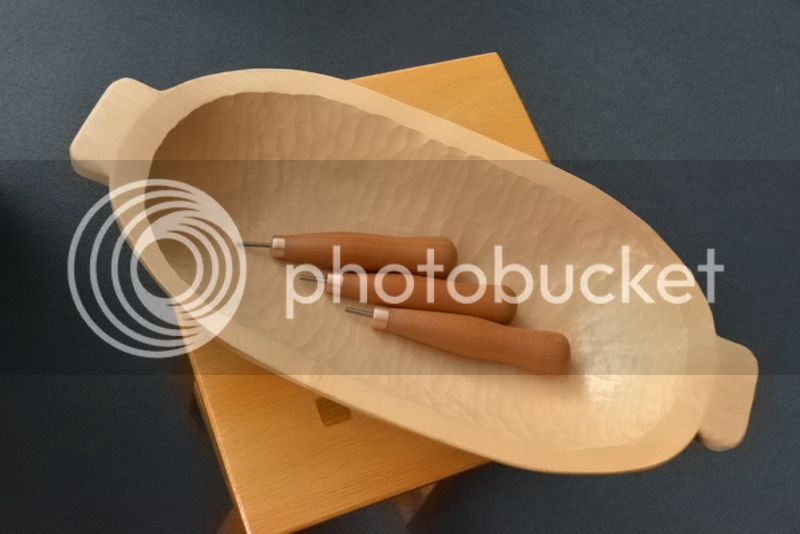Horses for courses.
There's a new generation of scrapers available which are much harder than previous ones, you can buy them ready made as scrapers or you can make them from very large HSS industrial hacksaw blades, they're so hard they need something like the Arno burnisher or an eggshell profile burnisher. Then there are medium hardness scrapers like you'd get from Bahco or Clifton, they seem to work best with a dedicated, shop bought burnisher. Finally there are traditional card scrapers made from old saws, these tend to be the softest of all and can be burnished with a good quality screwdriver, etc.
Personally I think making your own scraper from an old saw is a waste of time. First you'd need a saw plate with absolutely zero pitting or you're guaranteed a terrible result, plus the vast majority of woodworkers won't have the metal working skills or equipment to effect a clean cut in a saw plate, so you're looking at an awfully long time flattening off the surfaces and edges, I'll do that for making small scratch stock cutters but not for a much larger card scraper; and finally an excellent quality card scraper only costs a couple of quid and will last a lifetime. So I don't see the point in copying what made sense for a penniless Victorian apprentice when it's irrelevant today.
At the other extreme the ultra hard scrapers also don't work for me in my cabinet work, yes they last longer so I can see their relevance for varnish removing or crude tasks like that, but they're just too hard to give the subtle feedback needed for forming delicate hooks. Similarly when I tried an Arno burnisher on a moderate hardness Bahco scraper it was just too effective, and the hook was heavier than I want for furniture making, and that applied even when I followed the old principle of burnishing with the same pressure you'd use for buttering bread.
So I stick to moderately hard scrapers like Clifton or Bahco and use a good quality commercial burnisher. That combination gives me everything I need for working with hardwoods and veneers on furniture scale projects, plus I can clean up the edges and form a new hook within a couple of minutes and get straight back to work.



































